There are now nine Earthlings living and working aboard the International Space Station! 👩🚀 👨🚀 This week’s arrival of astronaut Jessica Meir, cosmonaut Oleg Skripochka and spaceflight participant Hazzaa Ali Almansoori to our orbiting laboratory marks the largest crew on station since September 2015. Watch the latest episode of #SpaceToGround for more details:
Category: space – Page 821
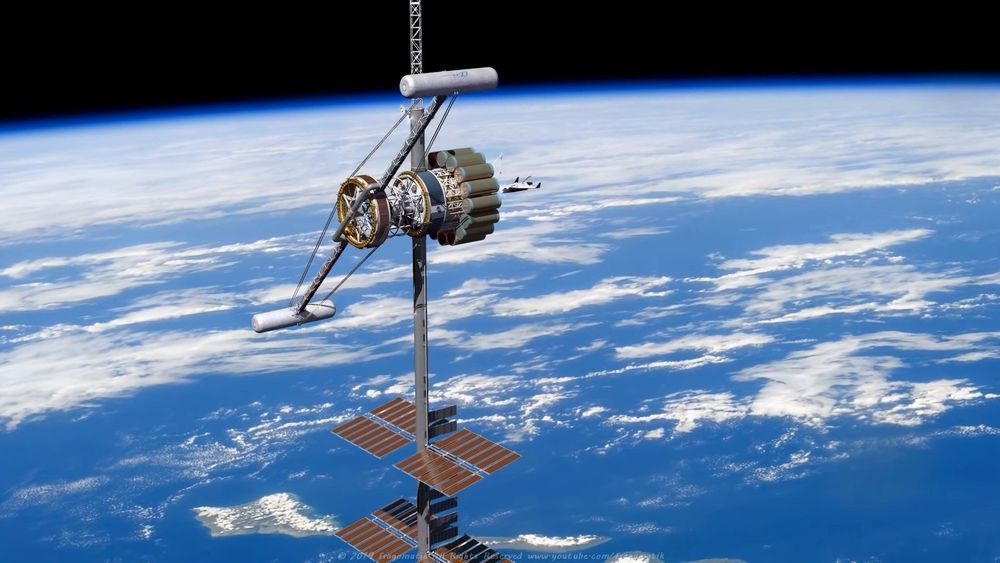
ALPHALEO — a space station meant specifically to support asteroid mining
https://www.academia.edu/6213899/First_Low_Earth_Orbit_Stati…oid_Mining It processes asteroid material, produces fuel and has long term habitation facilities for staff (artificial gravity ring, radiation protection ect.). Animated
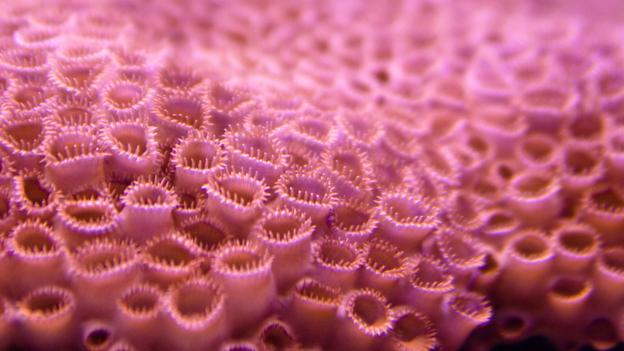
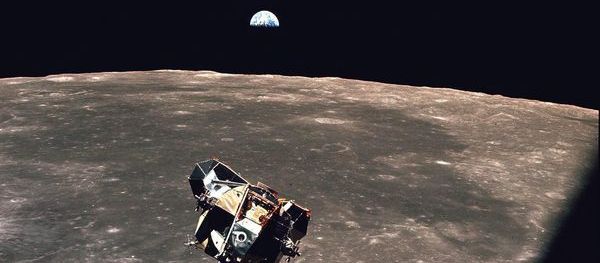
NASA Considers Robotic Lunar Pit Mission; Moon’s Subsurface Key To Long-Term Settlement
The Moon’s subsurface is the key to its longterm development and sustainability, says NASA scientist.
A view of the Apollo 11 lunar module “Eagle” as it returned from the surface of the moon to dock … [+] with the command module “Columbia”. A smooth mare area is visible on the Moon below and a half-illuminated Earth hangs over the horizon. Command module pilot Michael Collins took this picture.
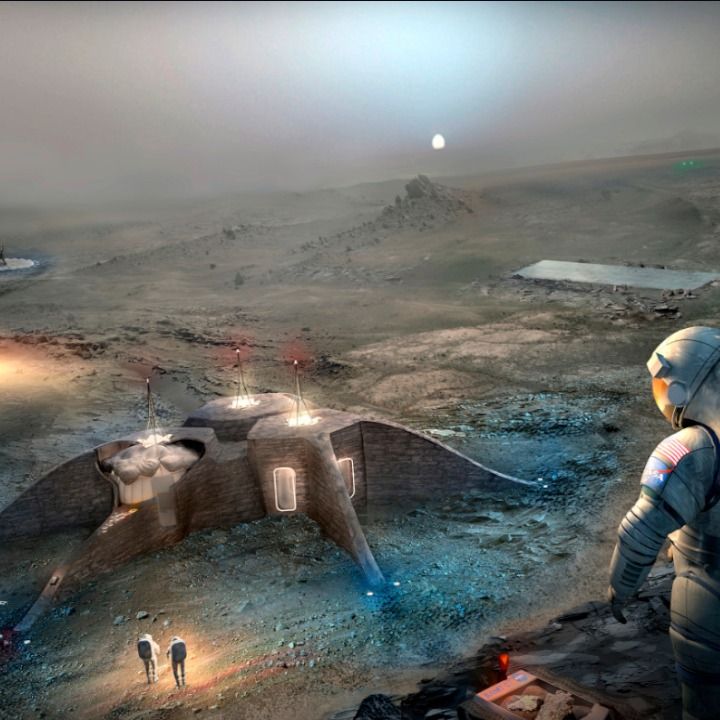
Soyuz Rocket Blasts Off to Station With Multinational Crew
Three multinational crewmembers blasted off to the space station today aboard their Soyuz rocket. They will reach their docking port in less than six hours today. https://go.nasa.gov/2ncC1TC
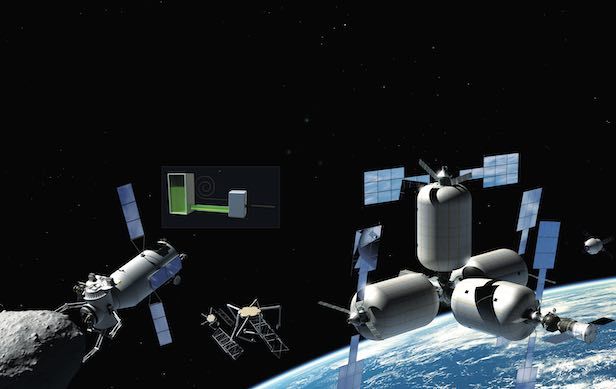
Future Tech: Spinning a Space Station
The ultimate way of building up space structures would be to use material sourced there, rather than launched from Earth. Once processed into finished composite material, the resin holds the carbon fibres together as a solid rather than a fabric. The beams can be used to construct more complex structures, antennae, or space station trusses. Image credit: All About Space/Adrian Mann.
The International Space Station is the largest structure in space so far. It has been painstakingly assembled from 32 launches over 19 years, and still only supports six crew in a little-under-a-thousand cubic metres of pressurised space. It’s a long way from the giant rotating space stations some expected by 2001. The problem is that the rigid aluminium modules all have to be launched individually, and assembled in space. Bigelow Aerospace will significantly improve on this with their inflatable modules that can be launched as a compressed bundle; but a British company has developed a system that could transform space flight, by building structures directly in space.
Magna Parva from Leicester are a space engineering consultancy, founded in 2005 by Andy Bowyer and Miles Ashcroft. Their team have worked on a range of space hardware, from methods to keep Martian solar panels clear of dust, to ultrasonic propellant sensors, to spacecraft windows. But their latest project is capable of 3D printing complete structures in space, using a process called pultrusion. Raw carbon fibres and epoxy resin are combined in a robotic tool to create carbon composite beams of unlimited length – like a spider creating a web much larger than itself. Building structures in space has a range of compounding virtues, it is more compact than even inflatables, as only bulk fibre and resin need to be launched. Any assembled hardware that has to go through a rocket launch has to be made much stronger than needed in space to survive the launch, printed structures can be designed solely for their in space application, using less material still.
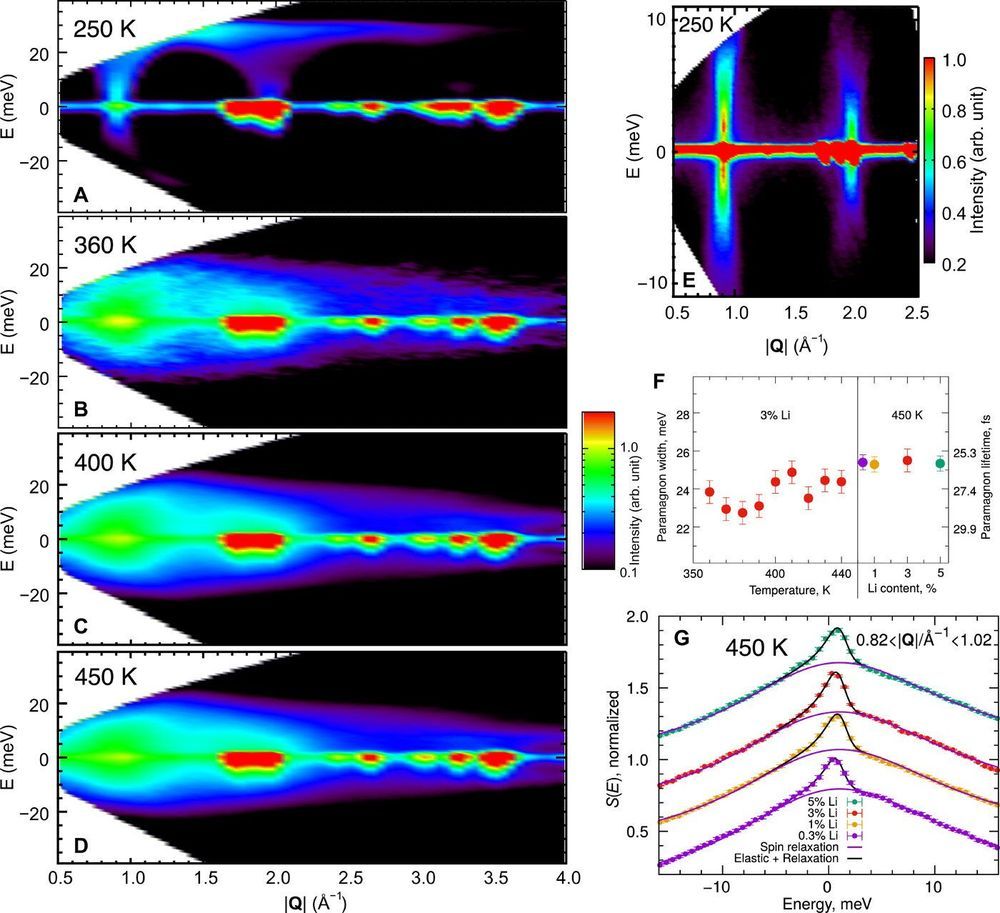
A new way to turn heat into energy
An international team of scientists has figured out how to capture heat and turn it into electricity.
The discovery, published last week in the journal Science Advances, could create more efficient energy generation from heat in things like car exhaust, interplanetary space probes and industrial processes.
“Because of this discovery, we should be able to make more electrical energy out of heat than we do today,” said study co-author Joseph Heremans, professor of mechanical and aerospace engineering and Ohio Eminent Scholar in Nanotechnology at The Ohio State University. “It’s something that, until now, nobody thought was possible.”
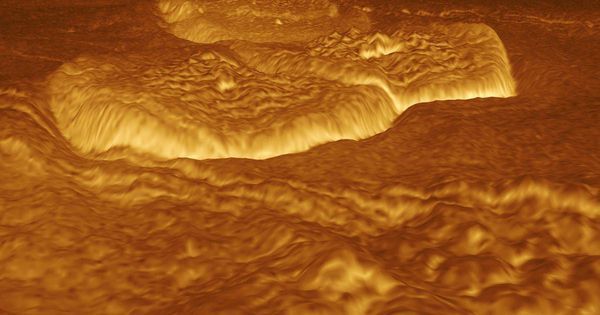
Apple’s AR Kit Visualizes What Sounds Look Like In Space
What if you could see sounds? Apple’s AR Kit visualizes them in space: http://trib.al/sNus2a5